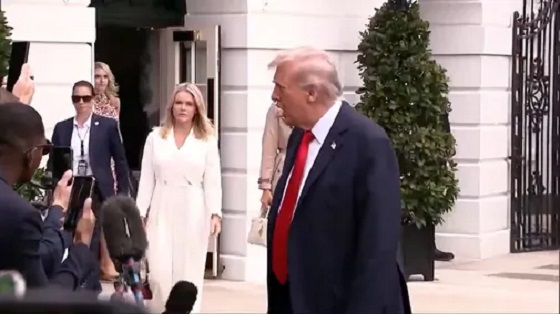Opinion
Peter Thiel: The Silicon Valley billionaire made big—and early—bets on Trump and J.D. Vance. What did he see that so many didn’t?
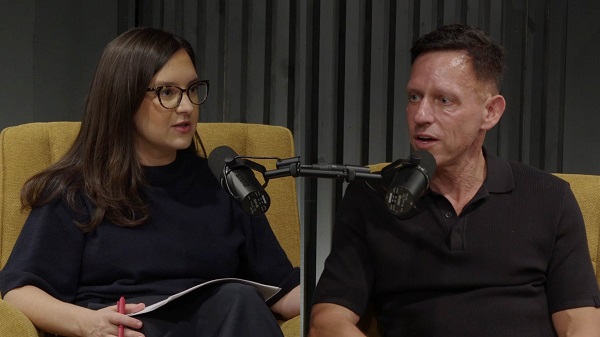
News release from The Free Press
Triumph of the Counter-Elites
|
On Tuesday night, Donald Trump announced that the richest man in the world, Elon Musk, along with the entrepreneur Vivek Ramaswamy, will head a new initiative in the Trump administration: the Department of Government Efficiency, or “DOGE.” Internet meme culture has now landed in the White House. Dogecoin is a memecoin—and if you don’t understand that sentence, fear not—I am sure Nellie will cover it in TGIF tomorrow. But what the announcement solidifies—if Trump’s win hadn’t already—is the triumph of the counter-elite. A bunch of oddball outsiders ran against an insular band of out-of-touch elites supported by every celebrity in Hollywood—and they won. They are about to reshape not just the government, but also the culture in ways we can’t imagine. How they did that—and why—is a question that I’ve been thinking about nonstop since Tuesday. And there was one person, more than any other, who I wanted to discuss it with. He is the vanguard of those antiestablishment counter-elites: Peter Thiel. If you listened to my last conversation with the billionaire venture capitalist a year and a half ago on Honestly, you’ll remember that Peter was the first person in Silicon Valley to publicly embrace Trump in 2016. That year, he gave a memorable speech at the Republican National Convention that many in his orbit thought was simply a step too far. He lost business at Y Combinator, the start-up incubator where he was a partner. Many prominent tech leaders criticized him publicly, like VC and Twitter investor Chris Sacca, who called Thiel’s endorsement of Trump “one of the most dangerous things” he had ever seen. A lot has changed since then. For one, Thiel has taken a step back from politics—at least publicly. He didn’t donate to Trump’s campaign. There was no big RNC speech this time around. But the bigger change is a cultural one: He’s no longer the pariah of Silicon Valley for supporting Trump. There’s Bill Ackman, Marc Andreessen, David Sacks, Shaun Maguire, and Elon Musk, among many other tech titans who have joined the Trump train. On the surface, Thiel seems full of contradictions. He is a libertarian who has found common cause with nationalists and populists. He invests in companies that have the ability to become monopolies, and yet Trump’s White House wants to break up Big Tech. He is a gay American immigrant, but he hates identity politics and the culture wars. He pays people to drop out of college, but still seems to venerate the Ivy League. But perhaps that’s the secret to his success. He’s beholden to no tribe but himself, no ideology but his own. And why wouldn’t you be when you make so many winning bets? From co-founding PayPal and the data analytics firm Palantir (which was used to find Osama bin Laden) to being the first outside investor in Facebook—Thiel’s investments in companies like LinkedIn, Palantir, and SpaceX have paid off, to say the least. His most recent bet—helping his mentee J.D. Vance get elected senator and then on the Trump ticket—seems also to have paid off. The next four years will determine just how high Thiel’s profit margin will be. On Honestly, Thiel explains why so many of his peers have finally come around to Trump; why he thinks Kamala—and liberalism more broadly—lost the election; why the Trump 2.0 team, with antiestablishment figures willing to rethink the system, will be better than last time. We talk about the rise of historical revisionism, the blurry line between skepticism and conspiracy, and his contrarian ideas about what we might face in a dreaded World War III. Click below to watch the full-length video.
Invite your friends and earn rewards |
Crime
Former NYPD Inspector Breaks Down How Charlie Kirk’s Shooter Will Be Caught


From the Daily Caller News Foundation
The FBI’s Salt Lake City field office released surveillance photos of a person of interest in the fatal shooting of Kirk, urging the public to submit tips as the manhunt intensifies. Appearing on “The Ingraham Angle,” Mauro pointed to unreleased surveillance footage and ballistic evidence as key factors likely to lead to the suspect’s identification.
“The videotape that they pulled the still from, is one of the real things here that is almost certainly going to be how we are going to get there. Somebody is going to recognize him. Somebody probably already has,” Mauro said. “My understanding is that they are still sitting on video that they have not released. That video, likely, would show, let’s say, the walk, so even if you are on the fence, walks are very, very telling. People recognize them.”
As a nonprofit, we are dependent on the generosity of our readers.
Please consider making a small donation of any amount here.
Thank you!
Mauro said investigators are far from stalled, noting that authorities have several promising leads that could help pinpoint the suspect’s path after the shooter fled the campus.
WATCH:
“So, if we don’t get something soon, expect more videotape, maybe something about where the scope and the rifle came from. Scopes can be bought separate. They can trace this kind of thing,” Mauro said.
“They have a number of notes to go down here. It’s not like they have not made any progress. It looks to me like they can track him leaving campus. They can use the video to get him leaving campus. It goes dark when he leaves campus and gets out into the neighborhood. And according to what I have heard, likely, was hopping backyards, still in the area, and then you have to assume maybe got hold of a vehicle, got to a bicycle, a motorcycle or whatever. And then he got out of Dodge.”
Mauro said investigators “are making progress” despite early missteps and public confusion over leads.
“Every investigation has its bad leads and blind alleys. The difference in this case is that they were more public than you usually get. Director Patel was being particularly transparent in what they were doing and what was going on. And so the information came out and looked like they had somebody at one point there. But this happens in many, many investigations,” Mauro told host Laura Ingraham. “I do think that they are making progress.”
Authorities said the shooter arrived on campus shortly after 11:50 a.m., climbed a stairwell to the rooftop, opened fire, and fled into a nearby neighborhood. At a Thursday morning press conference, officials said they recovered a weapon from a wooded area and obtained video footage of the suspect, described as a male of college age.
The FBI released photos of a “person of interest” wearing dark sunglasses, a black hat, and a black shirt, and urged the public to help identify him. The FBI is offering a reward of up to $100,000 for information that leads to the identification and arrest of the person or people responsible for Kirk’s murder. Tipsters can call 1-800-CALL-FBI and submit photos through the bureau’s online portal.
(Featured Image Media Credit: Screenshot/Fox News)
Crime
Surveillance video shows Charlie Kirk’s killer slipping away moments after shooting


From the Daily Caller News Foundation
Law enforcement officers released new surveillance footage Thursday that they say tracks the alleged assassin of Turning Point USA founder Charlie Kirk as he fled the scene at Utah Valley University.
The FBI held a press conference Thursday to share new footage of the suspect fleeing the scene of Kirk’s assassination as agents asked the public for help in identifying him. Commissioner Beau Mason walked reporters through the enhanced video, pointing out critical details investigators believe will help identify the suspect.
“You will see a distinctive t-shirt with an American flag, and it appears to have an eagle on it. There’s a baseball cap with a triangle on it and a pair of sunglasses. All distinctive, all things we would ask the public to look for and try to identify if they know someone who has those items, who’s been seen wearing those items. We are looking for all of that information,” Mason said.
Dear Readers:
As a nonprofit, we are dependent on the generosity of our readers.
Please consider making a small donation of any amount here.
Thank you!
WATCH:
“This is the video evidence we utilized to track his movements and to locate that firearm in that wooded area following the discovery of this evidence.”
Earlier Thursday the FBI released photos of “the person of interest” as agents from the bureau’s Salt Lake City field office posted two images showing a man dressed in dark clothing, a baseball cap and sunglasses. The FBI posted additional photos of the person of interest tied to the murder and urged the public to submit tips through its digital portal.
Kirk, 31, was gunned down Wednesday while speaking to students during an outdoor campus event. Authorities said the shot came from a rooftop approximately 200 yards away. Investigators later recovered ammunition in a wooded area near the university but have not confirmed whether it is tied to the shooter.
-
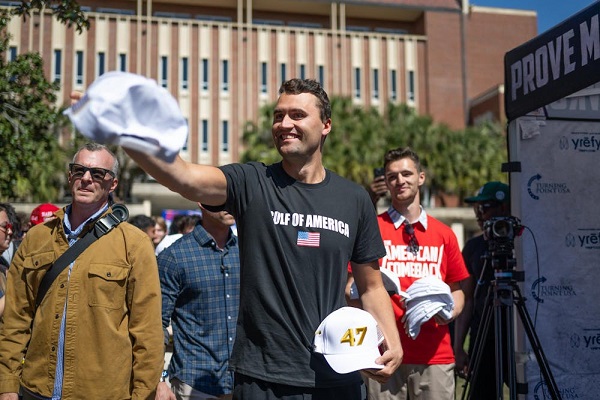
 Crime1 day ago
Crime1 day agoAlleged Killer Of Charlie Kirk Caught
-

 Alberta2 days ago
Alberta2 days agoProvince urging post secondary students to apply for loans, grants, scholarships, bursaries and awards
-
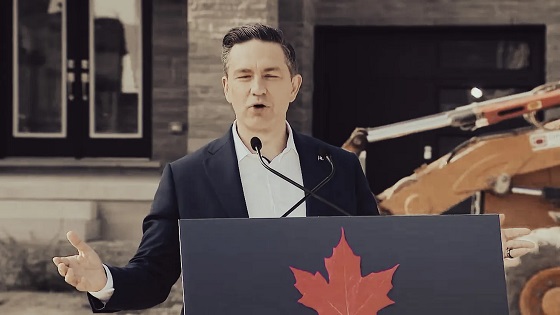
 Business2 days ago
Business2 days agoPoilievre: “Carney More Irresponsible Than Trudeau” as Housing, Jobs, and Energy Failures Mount
-
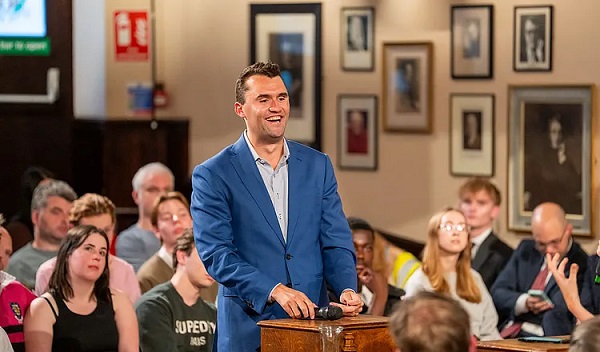
 Opinion1 day ago
Opinion1 day agoThe Charlie Kirk I Knew
-
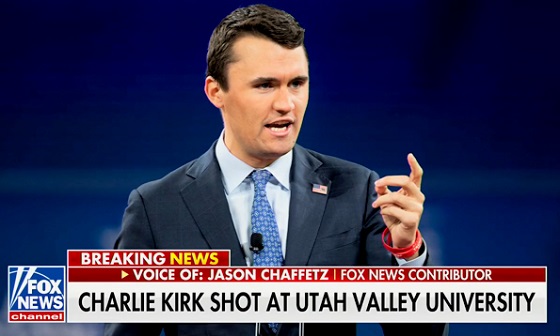
 Crime1 day ago
Crime1 day agoConservative speaker and celebrity Charlie Kirk shot during Q & A event at Utah Valley University
-
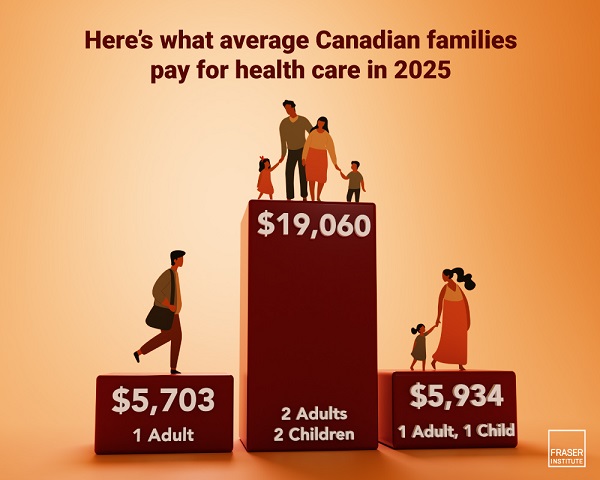
 Business2 days ago
Business2 days agoHealth-care costs for typical Canadian family will reach over $19,000 this year
-

 Crime1 day ago
Crime1 day ago‘Dark Moment For America’: Trump Addresses Nation After Kirk Assassination
-
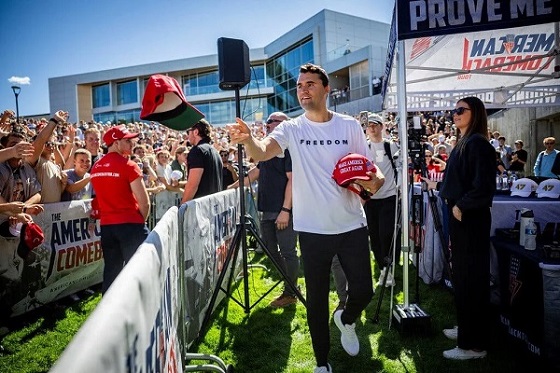
 Bruce Dowbiggin14 hours ago
Bruce Dowbiggin14 hours agoKirk’s Killing: Which Side Can Count on the Military’s Loyalty Now?





